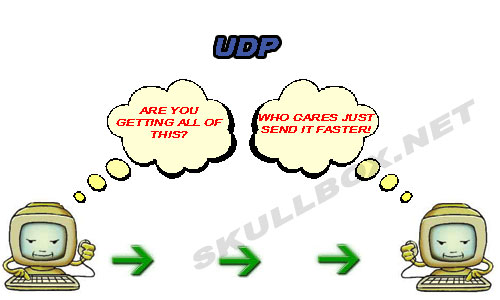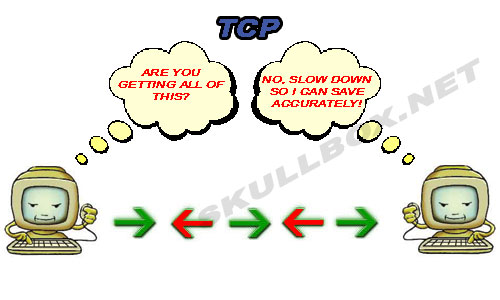
Así que muchos de ustedes visitan mi blog, y no saben por qué se llama Marvelous night for a moondance. Well it comes from one of my favorite songs from all times.
I guess I'll share it.
Moondance
By Van Morrison
Well it's a marvelous night for a moondanceWith the stars up above in your eyes
A fantabulous night to make romance
'Neath the cover of October skies
And all the leaves on the trees are falling
To the sound of the breezes that blow
And I'm trying to please to the calling
Of your heart-strings that play soft and low
You know the night's magic
Seems to whisper and hush
And all the soft moonlight
Seems to shine in your blush...
Can I just have one a' more moondance with you, my love?
Can I just make some more romance with a' you, my love?
Well I wanna make love to you tonight
I can't wait till the morning has come
And I know now the time is just right
And straight into my arms you will run
And when you come my heart will be waiting
To make sure that you're never alone
There and then all my dreams will come true dear
There and then I will make you my own
And every time I touch you, you just tremble inside
And I know how much you want me that, you can't hide...
Can I just have one more moondance with you, my love?
Can I just make some more romance with you, my love?
Well it's a marvelous night for a moondance
With the stars up above in your eyes
A fantabulous night to make romance
'Neath the cover of October skies
And all the leaves on the trees are falling
To the sound of the breezes that blow
And I'm trying to please to the calling
Of your heart-strings that play soft and low
You know the night's magic
Seems to whisper and hush
And all the soft moonlight
Seems to shine in your blush...
One more moondance with you
In the moonlight
On a magic night
la, la, la, la, there's a moonlight
On a magic night
Can't I just have one more dance
With you my love?

